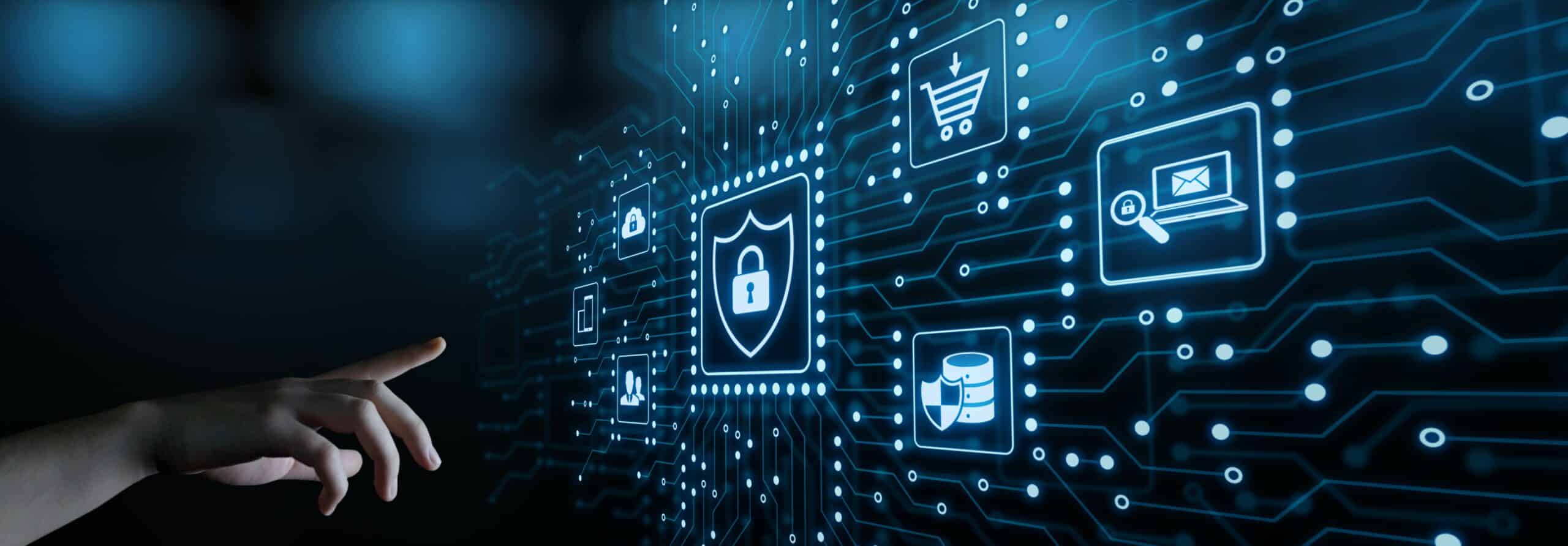Policy Approval Workflow Automated policy approval workflows offer several benefits that can significantly enhance ...
Essential guide to cybersecurity best practices

In today's digital age, cyber security has become a critical issue for individuals and organizations alike. The increasing number of cyber attacks highlights the importance of understanding and implementing best practices to protect sensitive information.
Human error is a significant factor in cybersecurity incidents. Users need to be reminded about best practices, social engineering techniques, phishing awareness, and safe online behavior. A culture of security awareness within organizations is essential to help employees understand it's importance and the role they play.
This essential guide aims to equip employees with the knowledge and skills necessary to identify and avoid cyber security threats. The guide will consist of the following 10 topics, each with its own dedicated blog post:
- Password management - Passwords are the first line of defense against unauthorized access to sensitive information. In this post, we will discuss the importance of creating strong passwords and how to manage passwords effectively. We will also cover common password mistakes and how to avoid them. View post
- Malware - Malware is malicious software that can harm your computer or network. In this post, we will explore different types of malware and how they can infect your system. We will also discuss best practices for preventing malware infections and how to respond if you suspect your system has been compromised. View post
- Social engineering - Social engineering is the use of psychological manipulation to trick people into divulging sensitive information. In this post, we will discuss common social engineering tactics and how to recognize and avoid them. We will also cover the importance of verifying requests for sensitive information and how to do so securely. View post
- Phishing scams - Phishing scams are fraudulent emails or websites designed to steal sensitive information. In this module, we will discuss how to identify phishing scams and how to avoid falling victim to them. We will also cover best practices for reporting suspicious emails or websites. View post
- Social media security - Social media security refers to the measures taken to protect your personal information and keep it safe while using social media platforms like Facebook, Instagram, or Twitter. By practicing good social media security, you can help ensure that your personal information stays private and protected. View post
- Wi-Fi and network security - Connecting to unsecured Wi-Fi networks can pose significant risks to your online security. It is crucial to understand these risks and prioritize the use of secure, encrypted connections. View post
- Mobile device security - Mobile devices pose various security risks that can compromise the safety of personal information. To ensure the protection of sensitive data, it is crucial to implement effective mitigation strategies. View post
- Data protection and backup - Regularly backing up important data and storing it securely is of utmost importance for data protection. There are several backup methods available, each with its own advantages and considerations. Two popular options are cloud storage and external hard drives. View post
- Safe web browsing - In today's digital age, it is crucial to be vigilant and cautious while browsing the internet. With the increasing number of malicious websites, fake online shopping sites, and other online scams, it is important to educate ourselves on how to recognize and avoid these potential threats. By following a few simple steps, we can protect ourselves from falling victim to cybercriminals. View post
- Incident reporting - The security of systems and data is of utmost importance. Every employee needs to be vigilant and proactive in identifying and reporting any suspicious activity or potential security incidents. By promptly reporting such incidents to the appropriate IT personnel or dedicated security team, potential damage can be mitigated and the overall security position improved. View post

Get your free cybersecurity best practices guide
This eBook contains all 10 posts in our cybersecurity series in one handy downloadable guide so you can read it at your leisure.
You may also like:
January 17, 2025
January 7, 2025
Creating policy review reminders in Office 365 You might want to set up a ...
December 19, 2024
Podcast: Implementing effective healthcare procedures Implementing effective healthcare procedures is an ongoing process. It ...
December 19, 2024
Podcast: 10 Powerful Strategies for Employee ComplianceOrganizations face challenges in ensuring employee compliance with ...
December 8, 2024
AI Warns About Itself: How I Asked AI to Create a Podcast on the ...
November 4, 2024
Benefits of writing SOP's In any organization, standard operating procedures (SOPs) are critical to ...
